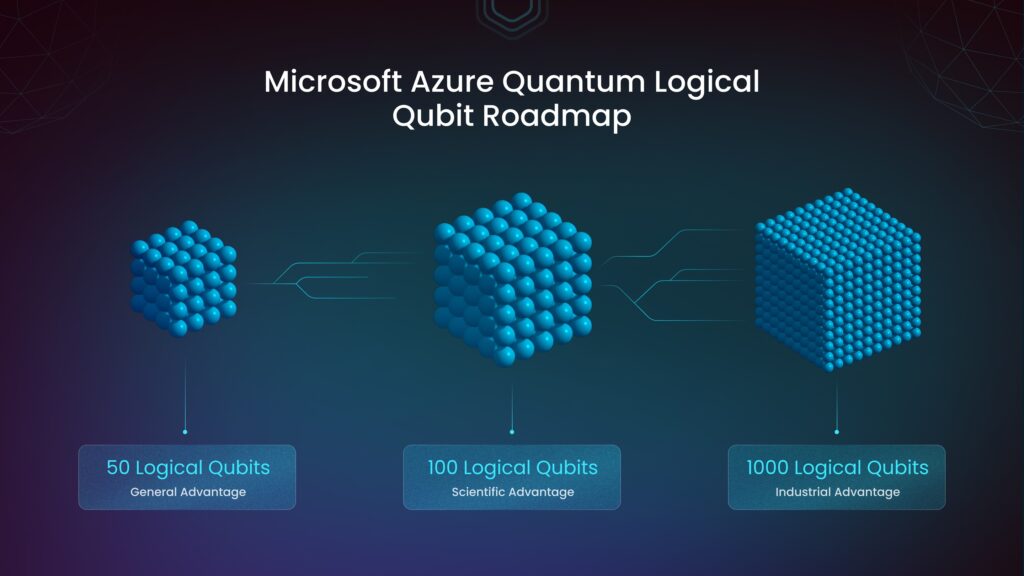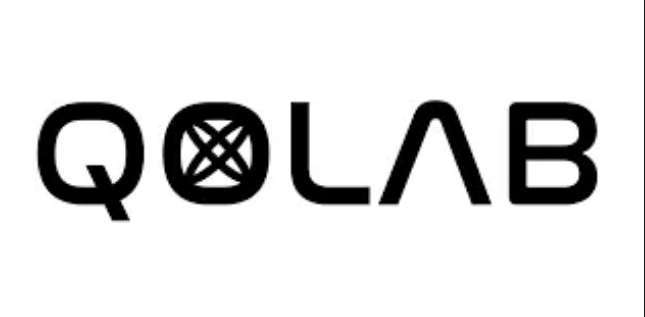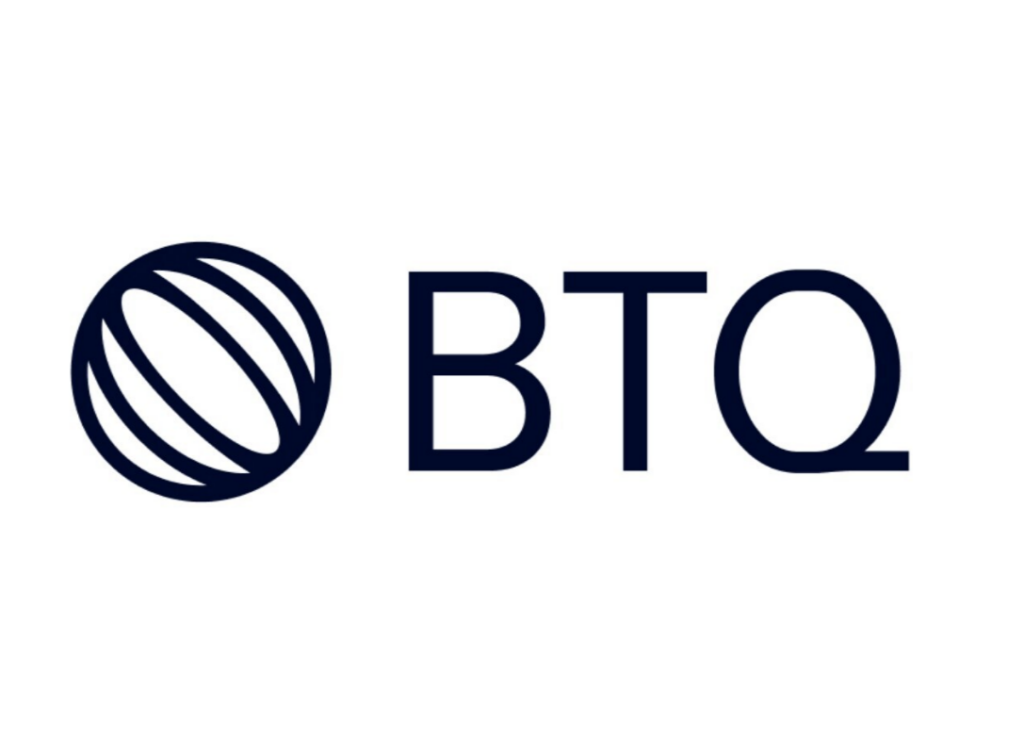Quantum computing is evolving from a futuristic concept to a technological reality. Governments have categorized quantum as a ‘critical technology,’ and industry end-users continue to experiment with its potential while the quantum ecosystem expands as more specialist entrants set out to deliver on the quantum promise.
Perennial upsurges in investment indicate that governments and private enterprises are starting to understand the potential of quantum technologies’ capacity to tackle acute societal challenges such as climate change and recast national and transnational sectors through applicable use cases.
However, while investment signifies the growing understanding of the benefits of quantum technology, it does not denote awareness of the inner workings of quantum itself. Although the need for explaining qubits, entanglement, and superposition around the watercoolers has decreased over the years, other areas, such as the role of error correction in quantum primitives and algorithms, remain not entirely grasped by stakeholders.
Governments and industries still need to develop a deeper understanding of quantum computing’s capabilities and limitations as the technology progresses toward practical use cases.

Government institutions such as the Department of Energy, and industries like those in chemical and material sciences must tap the potential benefits of quantum computing now before it becomes standard practice and leaves late adopters behind.
This article will recapitulate this sentiment, examining the role of Microsoft and its partners, such as Atom Computing, in driving quantum computing from noisy experiments to logical practicality, with an impetus to develop quantum-ready applications, harnessing the opportunities of quantum for scientific and, eventually, commercial advantage as these systems scale.
Animating the article, two quantum experts – Dr. Krysta Svore, Technical Fellow in Advanced Quantum Development at Microsoft, and Dr. Ben Bloom, Founder and CEO of Atom Computing will provide their unique insights from the ground floor, pressing the importance of understanding and exploring quantum computing.
You can also dive into the details and interact with Microsoft and Atom Computing as they reveal how they are paving the way to logical quantum computing through the Azure Quantum compute platform. Register here for the upcoming webinar on January16.
Microsoft’s Journey in Developing Logical Quantum Computing
Pursuing resilient quantum computing, Microsoft has made substantial strides in transforming noisy physical qubits into reliable logical ones using their qubit virtualization system. This platform solution combines physical qubits and applies them with built-in error correction to produce logical qubits capable of running computations more reliably than the underlying physical qubits.
In September 2024, Microsoft and Quantinuum announced the successful creation, entanglement, and scaling of 12 logical qubits with a two-qubit gate fidelity of 99.8%. This milestone was achieved using Quantinuum’s H2 machine integrated with Microsoft’s qubit-virtualization system [1] and received notoriety as it was the highest fidelity count seen, inching closer to the benchmark known as the ‘triple nine,’ or the fidelity threshold of fault-tolerant quantum computation.
Microsoft and Atom Computing
Two months later, Microsoft and Atom Computing announced they had demonstrated the ability to detect and correct errors, and perform computation, on 28 logical qubits. Notably, Atom Computing broke the triple nine fidelity barrier for single-qubit gate fidelity and achieved 99.6% in two-qubit gate fidelity, the highest recorded in the neutral atom modality. [2]
Microsoft’s Qubit Virtualization System was applied to Atom Computing’s neutral-atom hardware to create logical qubits that serve as the foundation to a reliable quantum machine. By combining this reliable quantum system with cloud-based high-performance computing (HPC) and advanced artificial intelligence (AI), both companies are offering a commercial discovery suite.
The announcements above helped push the industry from level 1, noisy physical qubits, to level 2, resilient quantum computing. These technical milestones, combined with the strengths and reach of Microsoft as a global software development company, produce a recipe that can fast-track the commercialization of quantum computing.
Quantum Technologies Applications and Opportunities
As is well-known, quantum computers currently lack practical functionality to solve real-world problems. However, general advantages are on the near horizon, as indicated by the milestones achieved between Microsoft, Quantinuum, and Atom Computing.
For example, Microsoft’s logical qubit roadmap – see Figure 1 below – in the quest to reliable quantum computing is a great steer for what end users like governments and industries can expect:
- 50 logical qubits: General advantage in simulations driven by quantum computing.
- 100 logical qubits: Scientific advantage in utilizing reliable logical quantum computing to solve scientific problems intractable for classical computers.
- 1000 logical qubits: Industrial advantage where application domains such as catalysis and deep computational chemistry analysis can be utilized to discover improved, greener, and cleaner material compounds for better products.

In the interim, current application domains can be explored using a hybrid approach such as Microsoft’s science platform, Azure Elements. As hybrid solutions scale, so will their complementary strengths:
- The simulation power from cloud-based high-powered computing (HPC) to explore vast option spaces.
- The ultra-precise identification and characterization capabilities of reliable quantum computing to analyze and aggregate deep data on chosen options.
- The development of bespoke advanced AI models using deep data from quantum computing to produce simulated variations of chosen options to optimize their greatest possible permutation.
This unified platform promises to have the potential to tackle complex and critical challenges, such as climate change, which are intractable for classical computing to solve individually.
As TQI has posited in the past, the following outlines a set of challenges that governments and sectors such as material discovery and life sciences may be able to solve if explored and matured using the aforementioned technology:
- Customers/Institutions can utilize the Azure Elements platform to discover new and improved energy storage materials and optimize electrical grids.
- The chemical and materials sciences sector can use density functional theory to simulate the properties of compound materials, identifying new catalyst methods for improved sustainable industrial processes.
- In the future, the life sciences industry can utilize quantum computing’s precision to identify and characterize the dynamics and behavior of molecules to improve the early stages of drug discovery.
Microsoft’s Azure Quantum Compute platform, as demonstrated through partnerships with Atom Computing and Quantinuum, is leading the development of reliable logical quantum computation to facilitate entirely new application domains in solving society’s most complex challenges – instigating development from proofs-of-concept to commercial impact.
Conclusion
It is understood that quantum computing has significant potential across public and private sectors in providing specific computational solutions to solve complex societal problems of utmost importance to stakeholders globally.
Up until recently, murmuring ‘quantum computing’ had to include careful model verbs such as ‘may’ and ‘could’ – and while developments are yet to be achieved – the commercial discovery suite announced between Microsoft and Atom Computing has for many shortened the timeline estimates for when reliable and logical quantum computing can be attained.
In the meantime, promising full-stack solutions such as Azure Elements, which combine HPC with custom AI models, should be on the agenda for government agencies’ and industrial players’ strategy meetings.
For more information on how Microsoft’s Azure Quantum compute platform is developing quantum-ready applications to solve globally acute challenges, watch and participate in the upcoming Microsoft webinar ‘Enabling the Next Generation of Quantum Applications With Reliable Quantum Computing’ on January 16, 2025.
This webinar will delve into the details of the Microsoft and Atom Computing collaboration to accelerate the development of quantum-ready applications, featuring leading experts such as Dr. Svore and Dr. Bloom and hosted by Brian Lenahan. Get exclusive insights into the future of quantum computing with the Azure Quantum compute platform launching in 2025.
Secure your spot at the webinar by registering here.
Sources
1. Reichardt BW, Aasen D, Chao R, Chernoguzov A, Dam van, Gaebler JP, et al. Demonstration of quantum computation and error correction with a tesseract code [Internet]. arXiv.org. 2024 [cited 2024 Dec 5]. Available from: https://arxiv.org/abs/2409.04628
2. Muniz JA, Stone M, Stack DT, Jaffe M, Kindem JM, Wadleigh L, et al. High-fidelity universal gates in the 171Yb ground state nuclear spin qubit [Internet]. arXiv.org. 2024 [cited 2024 Dec 5]. Available from: https://arxiv.org/abs/2411.11708















